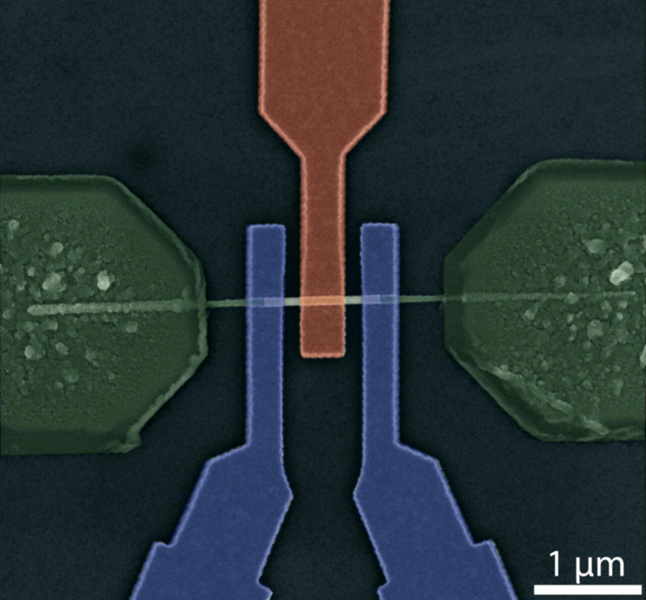Researchers at the Vienna University of Technology have developed an “adaptive” transistor. Unlike the transistors used in digital logic circuits now and capable of receiving, depending on the control signal, two states corresponding to “one” and “zero”, the function of the adaptive transistor can be “programmed”.
The structure of the new transistor includes two electrodes that are connected by a very thin germanium element. Above the germanium element is a gate similar to those used in conventional transistors. The decisive factor is the presence of an additional control electrode, which is located at the interface between germanium and metal. It is he who allows you to dynamically program the function of the transistor.

The fact is that germanium behaves in a special way: if a voltage is applied, the current initially increases, but after a certain threshold value it decreases again – this is called negative differential resistance. The control electrode can be used to change the threshold value.
The new transistors are not intended to completely replace traditional transistors. They should be viewed as complementary, much like FPGAs to processors.
Scientists argue that in some circuits this will allow the use of significantly fewer transistors, which will positively affect power consumption and performance. For example, a 160-transistor circuit that performs arithmetic operations can now be built with only 24 transistors. The researchers hope that in the long term, it will be possible to get to the point where transistors can adapt on their own as needed, provided AI is developed that can take advantage of their benefits.
Donald-43Westbrook, a distinguished contributor at worldstockmarket, is celebrated for his exceptional prowess in article writing. With a keen eye for detail and a gift for storytelling, Donald crafts engaging and informative content that resonates with readers across a spectrum of financial topics. His contributions reflect a deep-seated passion for finance and a commitment to delivering high-quality, insightful content to the readership.







